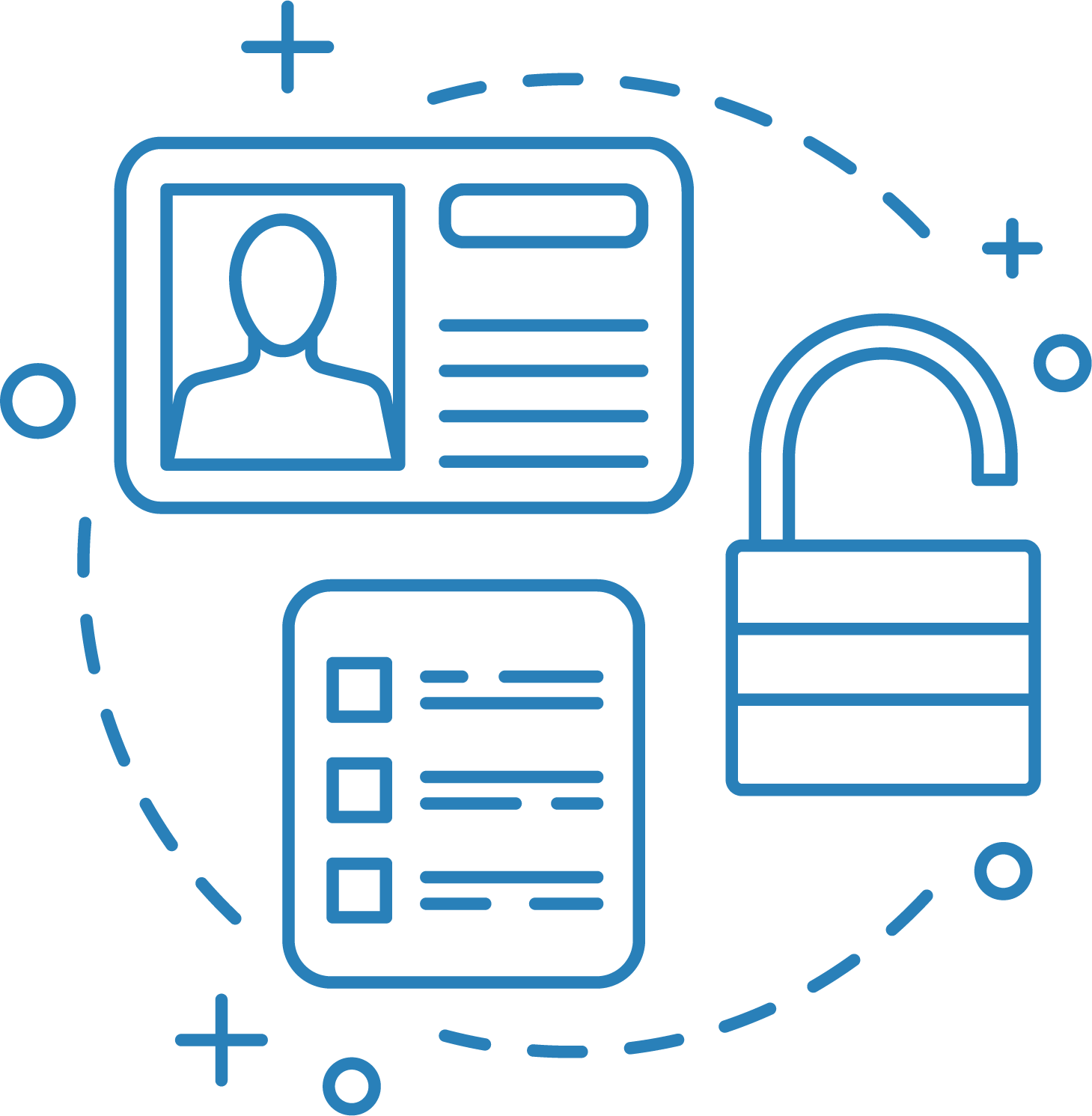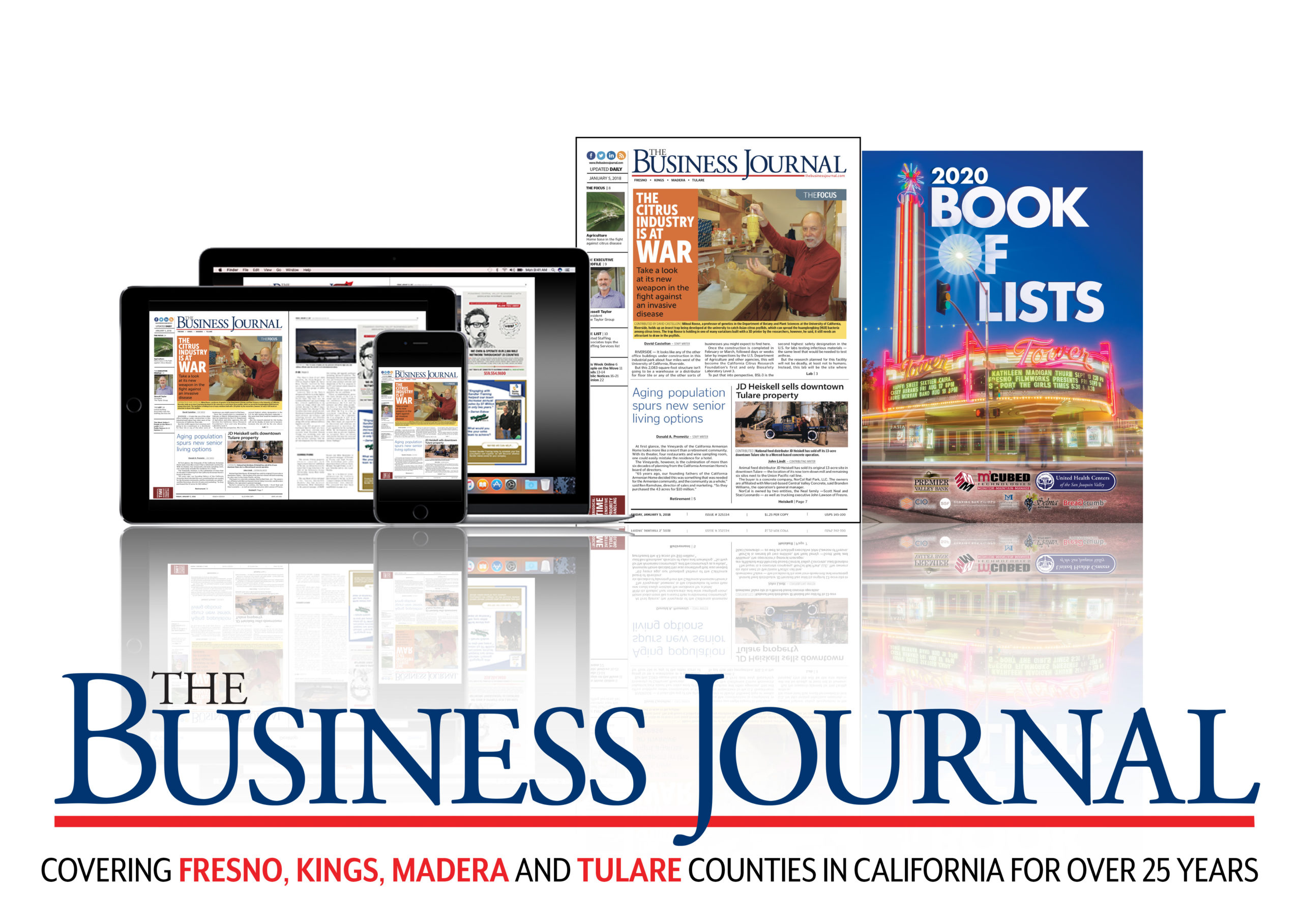
Photo by Tierra Mallorca on unsplash.com
Written by Dylan Gonzales
As young buyers venture into homeownership, financial hurdles such as student loans and credit card debt are some of the biggest issues facing first-time home buyers.
According to a recent study from commercial collection agency The Kaplan Group, the average student debt load per borrower increased 107.6% from 2007 ($18,230) to 2024 ($37,850). There was also a nearly 5% drop in national homeownership rates in that period.
The study found for every $1,000 in student debt is linked to a 1.8% decrease in homeownership likelihood.
Paige Solberg, a senior loan officer with Lending Concepts, a Fresno-based lending company, said that while student loans can still impact buying power, shifting federal rules and loan programs have made them less of an obstacle than revolving debt.
“In the past, we had to count 1% of the student loan debt balance as a monthly payment,” Solberg said. “And now… FHA and Freddie Mac… have dropped that to half a percent.”
The shift means that a potential buyer with $40,000 in deferred student loans — previously counted as $400 in monthly obligations — may now only be assessed at $200.
Solberg added that some programs for medical professionals “will ignore the student loan payment” altogether based on expected salaries. Credit card debt has a more immediate impact on both the buyer’s borrowing capacity and their credit score.
“The revolving charge card debt affects them in two ways,” she said. “One, the debt-to-income ratio… But the biggest thing is, if they’ve maxed out credit cards, then that affects their credit score.”
Solberg, who has over 30 years of experience in the industry, typically meets with her clients months or in some cases years before they plan to buy homes. She uses credit simulators to show how reducing balances could raise their score, and lower the interest rates they qualify for.
“We try to get that credit card debt down to under 30% of the high credit limit so that you can raise your scores,” she said.
In addition to private lending options, local programs like the City of Fresno’s Mortgage Assistance Program (MAP) provide another avenue for qualifying buyers. The MAP initiative offers up to $100,000 in forgivable mortgage assistance to help cover costs.
Eligibility is limited to first-time homebuyers who have not previously received city-backed homebuying aid and who fall below 80% of the area median income.
The program requires the purchase of a home within the Fresno city limits and excludes properties with rental units. The home must also pass inspection and be owner-occupied, vacant or currently rented by the applicant.
For younger buyers, mainly those in Gen Z, the strategy is to have a long-term vision for paying off credit debt. Solberg advises patience.
“They’ve got time to bring the revolving charge card debt down,” Solberg said. “We set them up on a plan, and we meet with them every three months.”
While student loan debt may seem like a burden, she said most first-time buyers can’t simply pay it off and usually don’t need to. But getting in early with a lender matters — especially if a buyer might benefit from options like medical loan programs or co-signers.
“I don’t see student loan debt keeping people from buying right now,” Solberg said. “It’s really more trying to keep that revolving debt, the credit card debt, in check.”
Her biggest advice for first-time buyers is not to wait.
“The sooner the better,” she said. “We can pull a soft credit pull… and set goals. Don’t hold off, because then when you’re ready, you could still be six months to a year out.”








